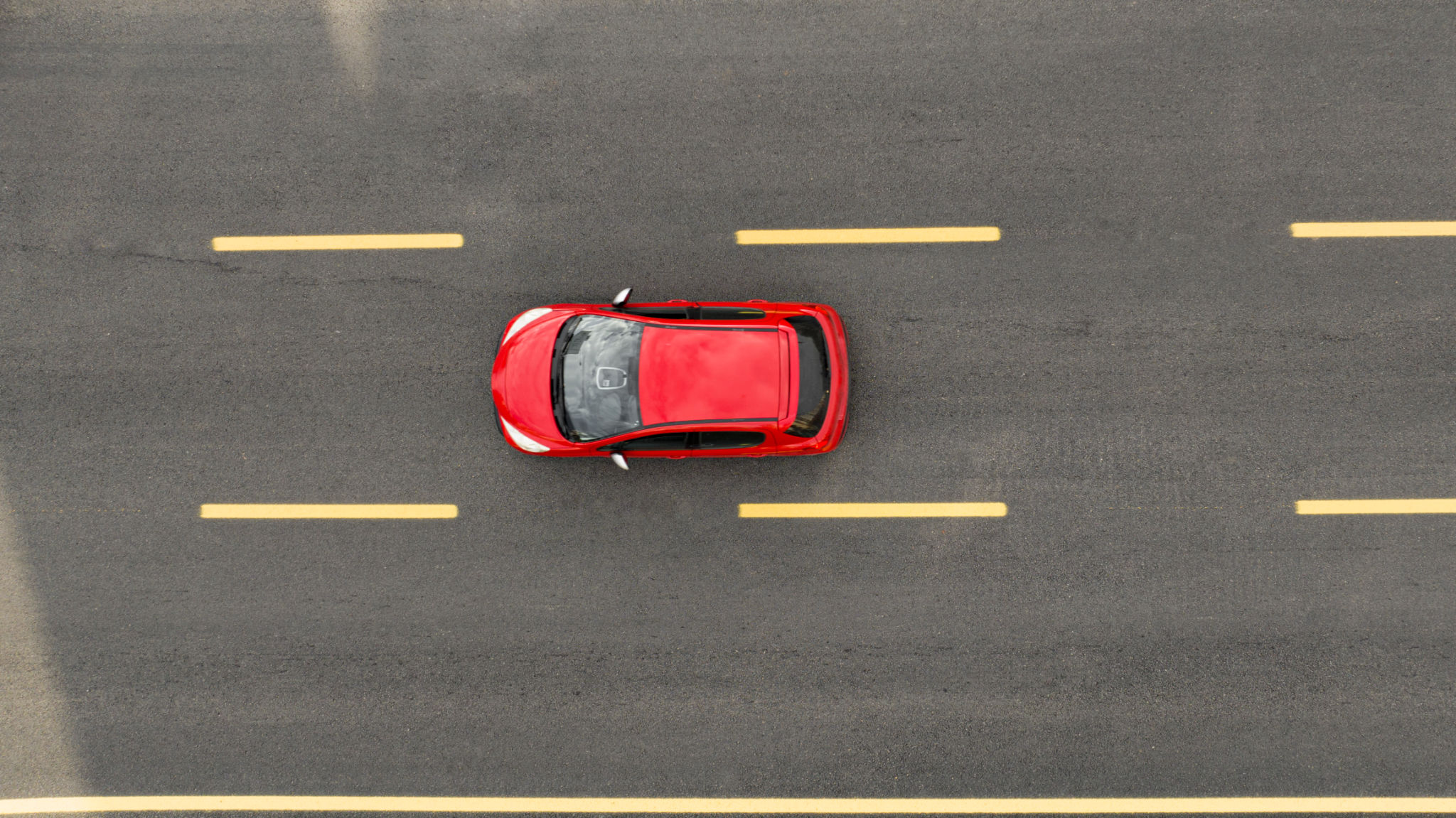An Expert’s Guide to Choosing the Right Photography Equipment for Aerial Shoots
Understanding the Basics of Aerial Photography
Aerial photography has become increasingly popular with the advent of advanced drone technology. Capturing stunning landscapes from above offers a unique perspective that ground photography cannot. However, to achieve the best results, it's crucial to choose the right equipment. This guide will delve into the essentials you need to consider when selecting photography gear for aerial shoots.
Whether you're a beginner or an experienced photographer, understanding the basics of aerial photography can vastly improve your work. From camera specifications to drone capabilities, every detail matters in capturing that perfect shot.

Selecting the Right Drone
Weight and Portability
One of the first things to consider when choosing a drone is its weight and portability. Lightweight drones are easier to carry and fly, making them ideal for long shoots or travel. However, you shouldn't compromise on stability, as a stable drone ensures clearer images.
Camera Quality
The camera quality is another critical factor. Look for drones equipped with high-resolution cameras capable of shooting in 4K or higher. Features such as gimbal stabilization and adjustable aperture will significantly enhance your aerial photography experience.

Choosing the Perfect Lens
The choice of lens can dramatically impact the outcome of your aerial photographs. Wide-angle lenses are popular for capturing vast landscapes, while telephoto lenses are great for detailed shots from a distance. Consider investing in versatile lens options to cater to different shooting scenarios.
Additionally, ensure the lens is compatible with your drone's camera system. Some drones allow interchangeable lenses, offering more flexibility in your photography.

Essential Accessories
Beyond the drone and camera, several accessories can enhance your aerial photography. Here is a list of must-have items:
- Extra Batteries: Aerial shoots can be time-consuming, and extra batteries ensure you don't miss any shots.
- ND Filters: These filters help control exposure, especially when shooting in bright conditions.
- Carrying Case: Protects your equipment during travel and makes it easy to transport.
Understanding Local Regulations
Before embarking on your aerial photography journey, familiarize yourself with local regulations regarding drone usage. Certain areas may have restrictions or require permits for drone flights. Being informed helps you avoid legal issues and ensures a smooth photography session.
Additionally, respecting privacy laws and no-fly zones is crucial. Always stay updated on any changes in regulations to ensure compliance.

Conclusion
Choosing the right photography equipment for aerial shoots involves careful consideration of various factors like drone specifications, camera quality, and necessary accessories. By understanding these aspects and staying informed about local regulations, you can enhance your aerial photography skills and capture breathtaking images from above.
Investing in quality gear not only improves your images but also enhances your overall experience as an aerial photographer. Happy flying and shooting!
